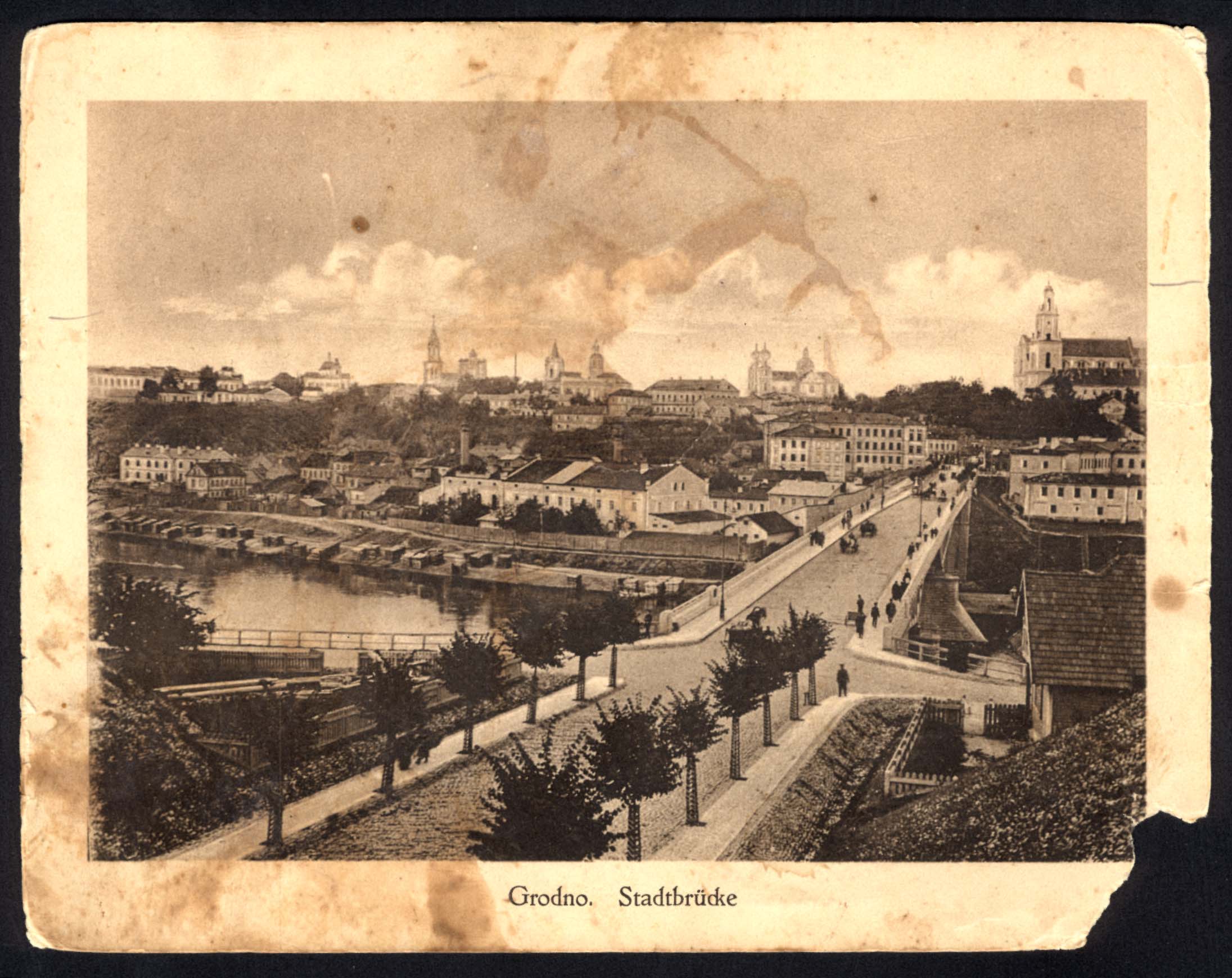

Grodno

For a long time "the Grodno Teachers' Courses," founded in 1907, was the only Jewish teachers' seminary in Russia.
Following World War I, Grodno was incorportated into the independent Polish state. In 1931 21,159 Jews resided in the city, where they comprised 42.6 percent of its total population.
In the interwar period the city had a whole spectrum of Jewish political organizations: the socialist Yiddishist Bund, the Right Poalei Zion, the Orthodox Agudas Yisroel, and the religious Zionist Hamizrahi. Jewish youth movements were represented from the leftist Hashomer Hatzair and Dror to the right-wing Beitar and the religious Tora veavoda. The Jewish schools in Grodno reflected the diversity of organizations: the Zionist Hebrew-language schools included the secular Tarbut and the religious ones of Yavneh and Havazelet; a Yiddish school of the Tsisho network, that operated under the auspices of the Bund; and the ultra-religious Torah veDaat and Beis Yankev(for girls). The pre-revolutionary teachers' seminar was reorginized into a Hebrew one and operated until 1936, when it was liquidated by the Polish authorities. In the mid-1930s Agudas Yisroel opened its own religious teachers' seminary.
Grodno suffered anti-Jewish pogroms at least four times. In 1915 Cossack military units of the Russian army that passed through the city staged a porgrom there. In July 1920 it was the Polish army that carried out a pogrom. In 1935 Grodno was the location of the last pre-World War II pogrom; two Jews were killed and approximately 50 wounded. In September 1939 World War II broke out. Grodno and the surrounding area were occupied by the Soviets. The days between the retreat of the Polish army and the entry of the Red Army, September 18-21, witnessed a pogrom in which 25 Jews were killed. The Soviets put some of the pogromists on trial.
In September 1939, following the Molotov-Ribentrop Pact, the Red Army entered Grodno and the city was then annexed to Soviet Belorussia. Many Jewish refugees who had fled eastward from the western, German-occupied part of Poland sought shelter in Grodno. As result, the Jewish population in the city increased, reaching 25,000. The Soviets nationalized businesses, both Jewish and non-Jewish, banned all Jewish political movements; and reogranized Jewish schools into Soviet Yiddish language ones. On June 20, 1941, two days before the German invasion of the Soviet Union, the Soviets deported so called "bourgeois elements" and "politically unreliable" people, Jewish and non-Jewish alike, from Grodno to the Gulag. Several days later, when the Germans bombed the trains that were slowly moving eastward, all those deportees perished.
On June 22, 1941 Operation Barbarossa started and, on the following day, the Wehrmacht entered Grodno. Anti-Jewish orders and decrees followed: Jews were prohibited from walking on sidewalks and from buying anything at the city market: they were required to wear an armband with a blue Star of David (later this was changed to yellow patches on the chest and on the back of their clothes), etc. A Jewish council was set up by the occupiers. In October 1941 two ghettos were created: Ghetto I (or Ghetto A), in the central part of the town; and Ghetto II (or Ghetto B), in the so-called "Slobodka" (lit. suburb), southeast of the center.
Today the estimate of the Grodno ghetto population at the time they were established is 29,000. The great majority of the ghetto inmates were deported to their death in Treblinka and Auschwitz in 1942-1943. Two relatively small groups of Grodno Jews were shot by German killing squads.
In July 1941 a group of Gestapo men arrived in Grodno. They took 80 male members of the Jewish intelligentsia out of town and shot them at some unknown location.
During the third deportation operation in Grodno in February 1943 (the so-called "Aktion 5,000"), the Germans killed many Jews of the Grodno ghetto after they had been collected for deportation. The Germans shot those Jews whom they found in shelters Jews had constructed within the ghetto, along with those who were too weak to walk to the collection point, and others as well. The number of those who were shot in the ghetto during this "Aktion" is unclear. Almost 50 Jews succeeded in escaping from the ghetto during the murder operation and hiding in the Góry Kredowe Hills, ca. 2.5 kilometers west of the town center. However, the Germans found them all and shot them on the spot.
Grodno was liberated by the Red Army on July 16, 1944.




